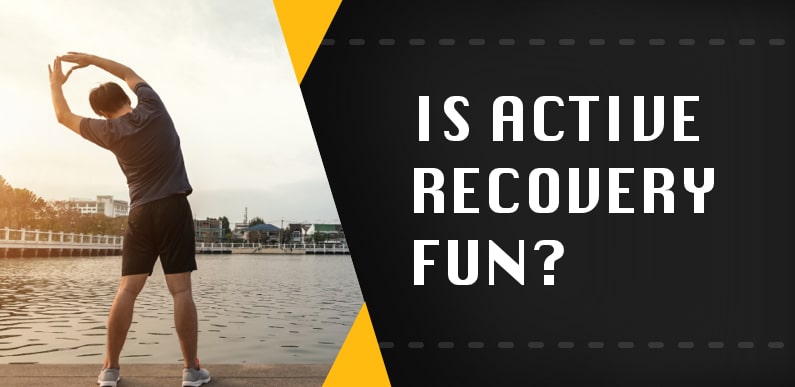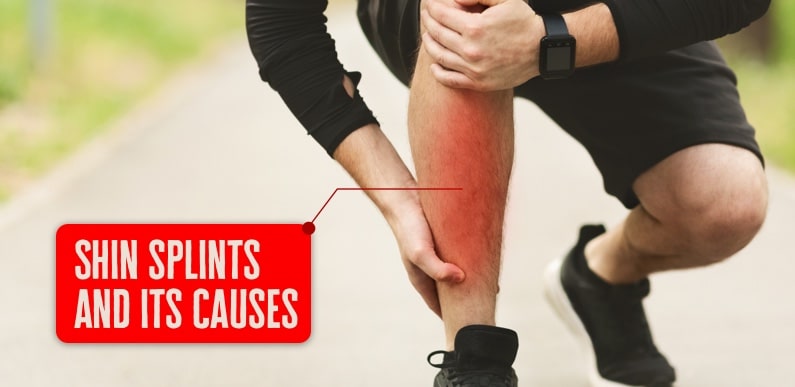What is Sprained Ankle & Causes which Leads to It?
There are three ligaments that keep your ankle bones away from the risk of shifting from its place. A sprained ankle is the result of one of these ligaments stretched or torn to an extent that causes pain, swelling or difficulty in walking.
A simple misstep or when you plant your foot wrong while running, climbing stairs, or getting out of bed and suddenly you have a sprained ankle. Many people try to act tough and do not seek medical attention. But if an ankle sprain lasts for longer and causes more than slight pain or swelling, it is crucial to turn to a professional for medical assistance.
Without timely and proper treatment, a severely injured ankle may not heal. The situation could be worse like your ankle losing its motion and stability leading to recurrent sprains and more downtime in the future.
Immediate Treatment for Relief:
The first step is to think of something to decrease the pain and swelling and protect the ligament from further damage.
In such a situation, the best thing to do is adopt to the classic and doctor recommended RICE regimen – Rest, Ice, Compression and Elevation.
Rest – Rest to avoid the risk of hurting your ankle again or putting stress on inflamed tissue. Use a brace or split to take pressure off the joint.
Ice – Put an ice on the ankle to lower blood flow, control swelling or prevent inflammation.
Compression – Compress the ankle with an elastic band or wrap such as ACE bandage or elastic ankle sleeve to keep down the swelling.
Elevation – Elevate your ankle as high as possible – to the height of your hip. Gravity reduces swelling by draining extra fluid.
Also, for at least 24 hours avoid anything that might aggravate swelling like hot showers, hot packs, or heat rubs.
Ankle sprain functional treatment:
If your sprain is severe and taking a long to heal, you need to see a doctor. They might give you a castor brace to keep your ankle still or crutches to keep weight off it.
As per studies, people heal sooner when their treatment focuses on restoring ankle function – usually with splints, taping, braces or elastic bandages.
Generally, there are three phases of treatment:
i. In the first 24 hours, the RICE regimen helps to reduce pain, swelling and risk of injury.
ii. Within 48-72 hours, strengthening exercises work the best.
iii. When recovered, turn to training for endurance and balance.
Start slow, and don’t try to get better quick. Remember, recovery takes its own time. But, if you don’t feel any improvement, you may need to consult a specialist or a physical therapist.


There are various ways to treat sprained ankle, but it all depends on the severity of your condition. You must decide basis your situation and be quick in doing that. Do what feels right for you and don’t be too quick to get back to your normal life. Take time and feel better soon!
Check out the link for more recovery blogs:
👉https://fns360.live/category/movement-and-recovery/.
You can also check out more such recovery videos






